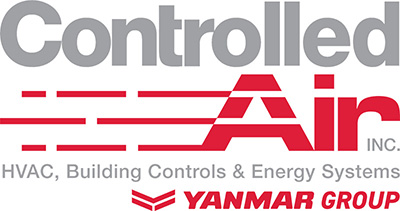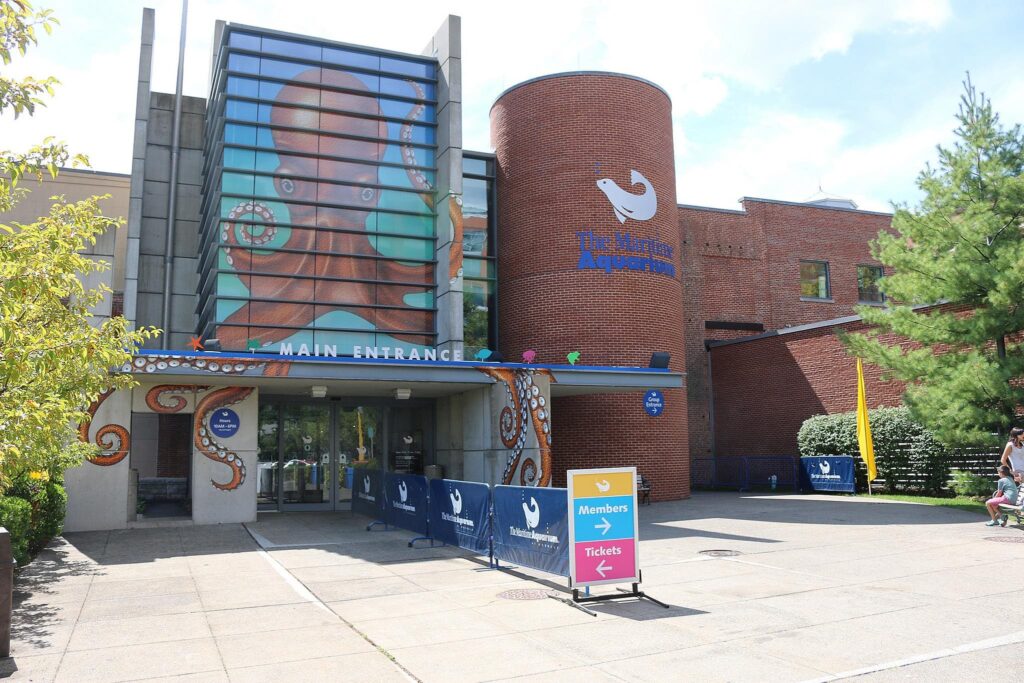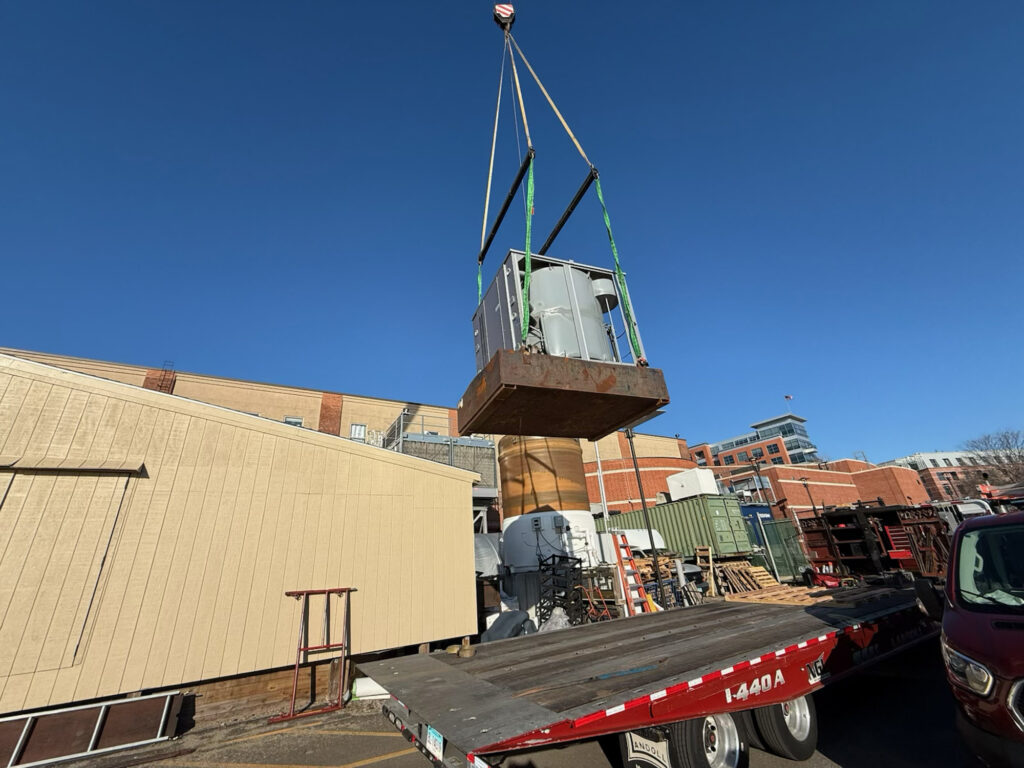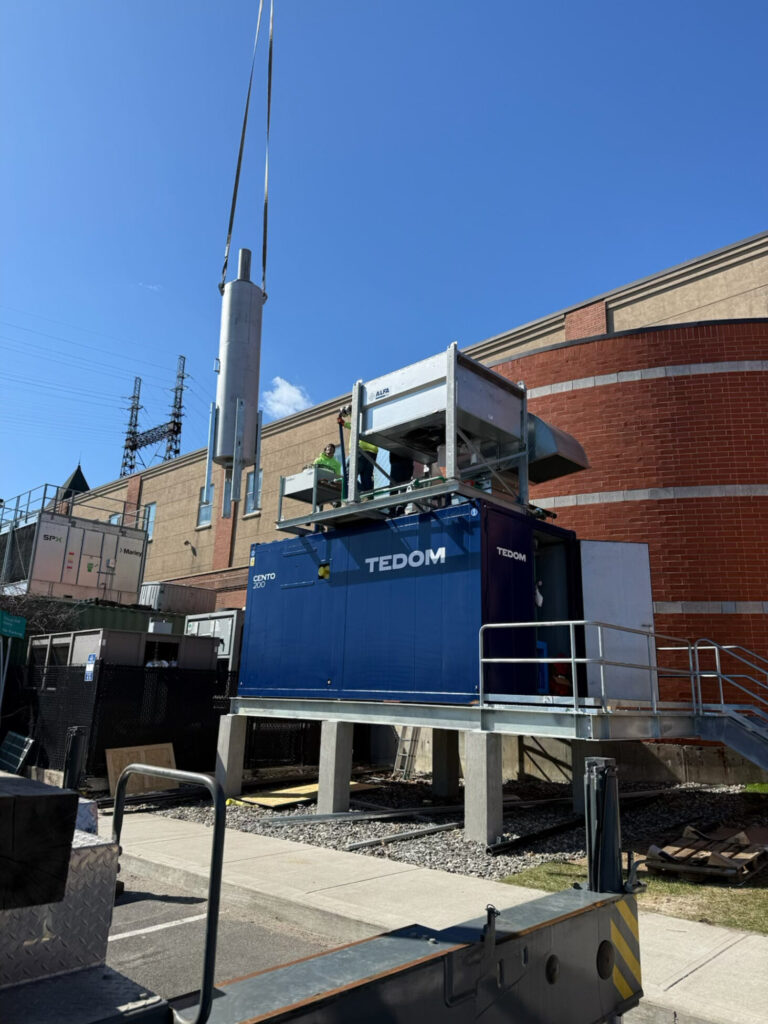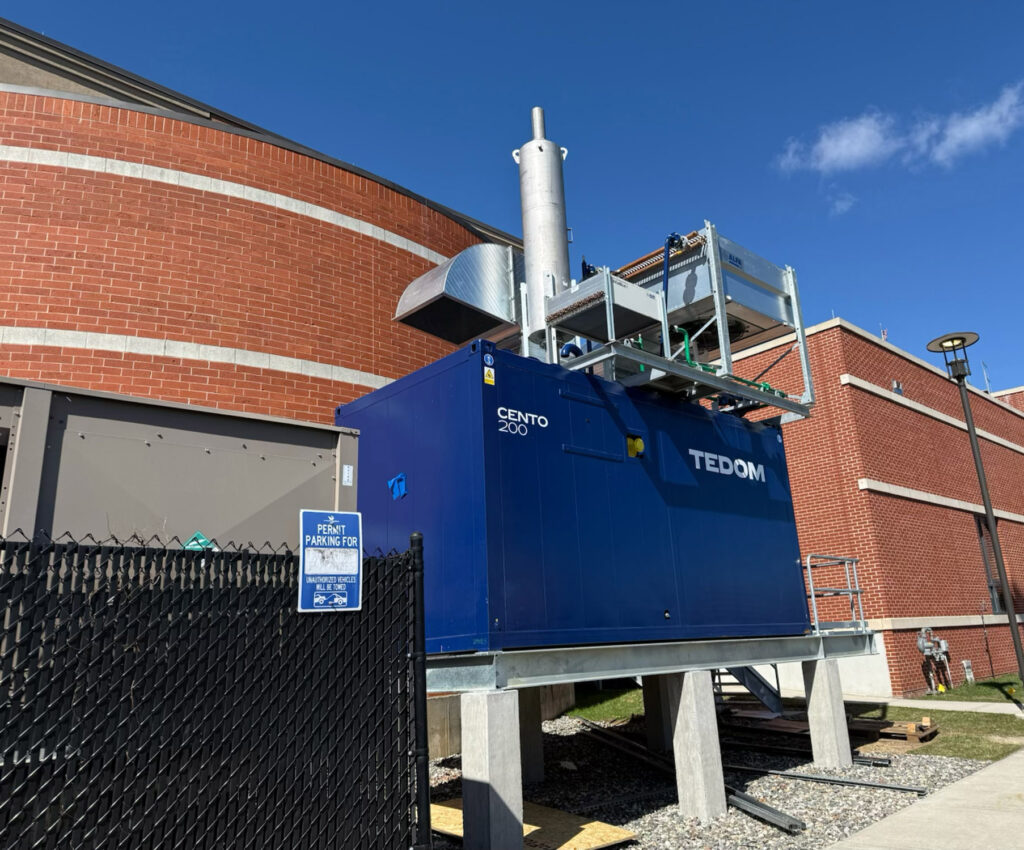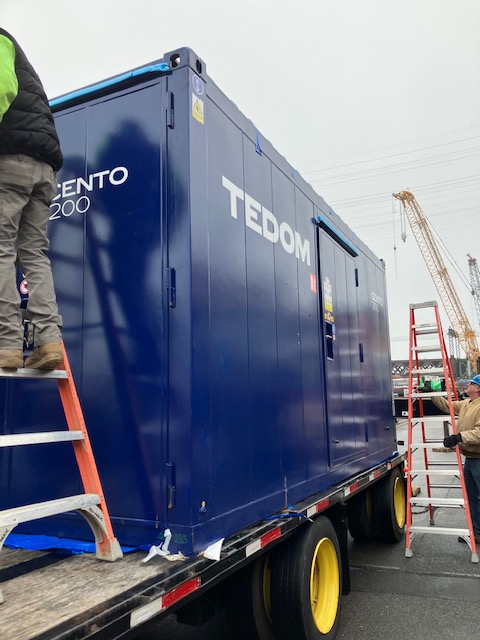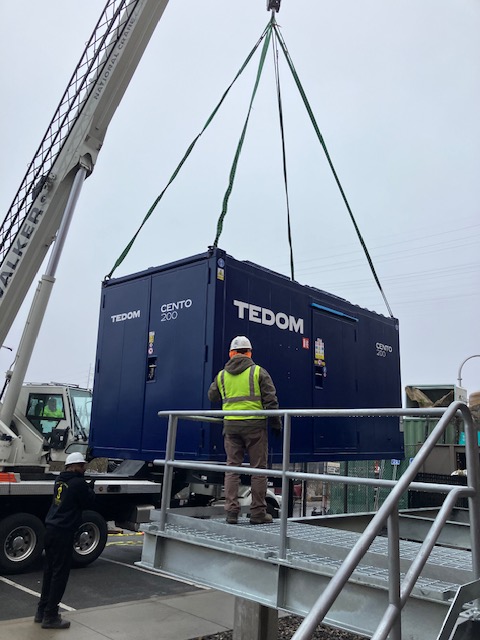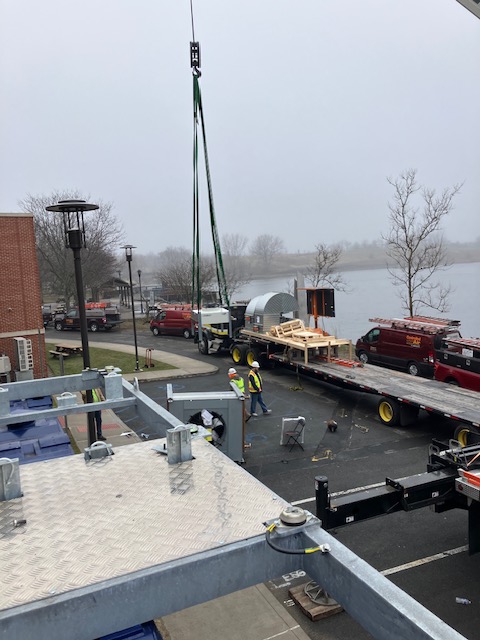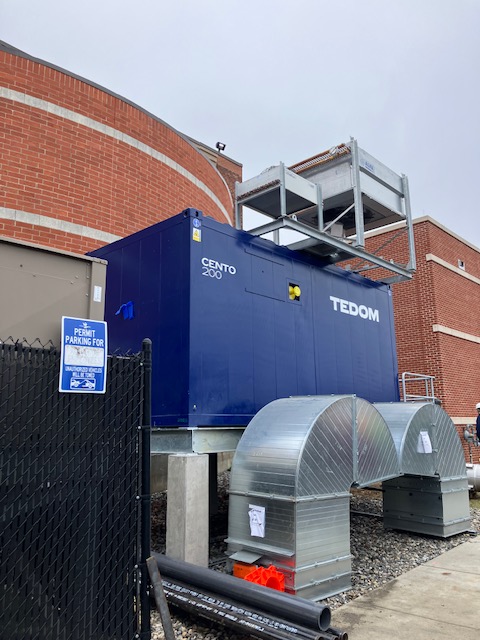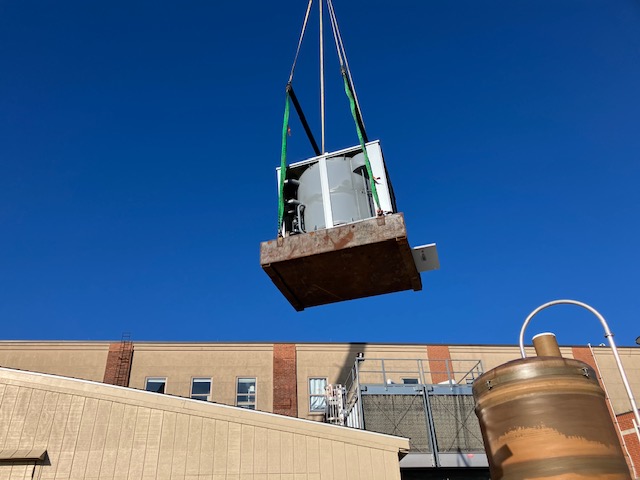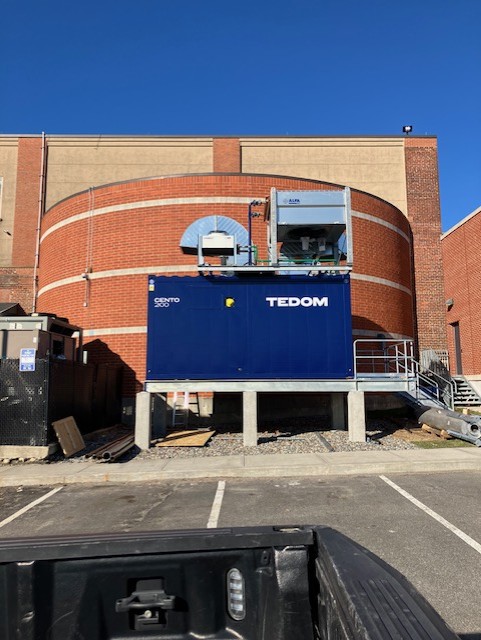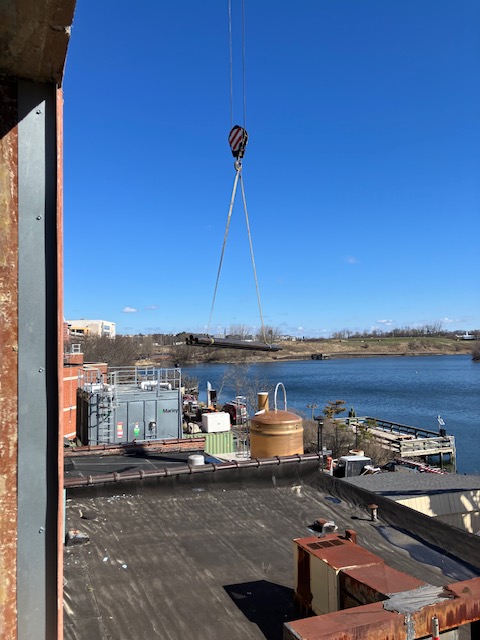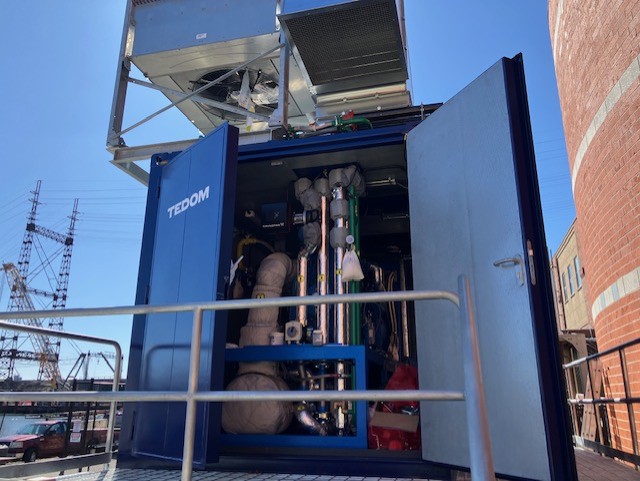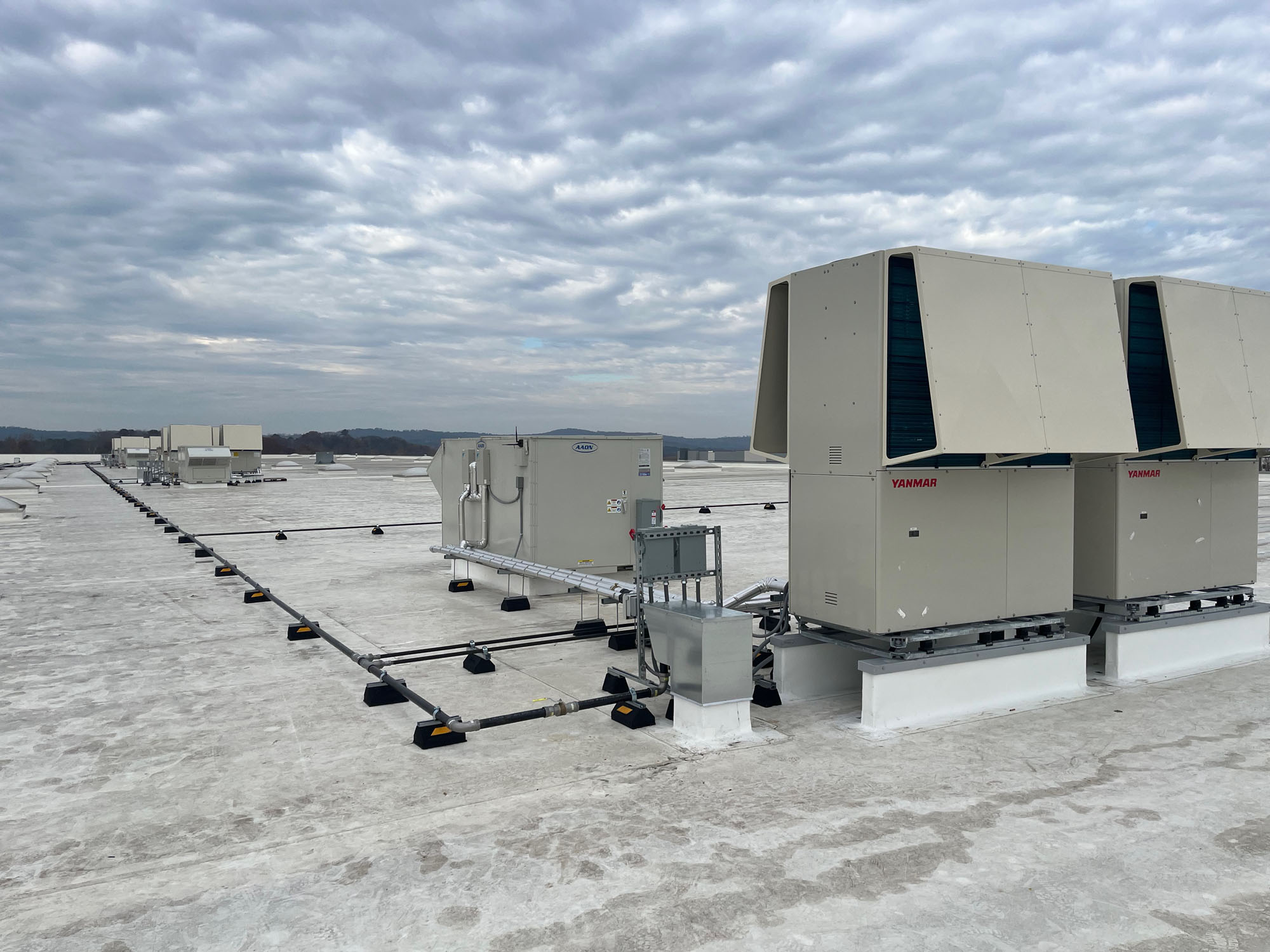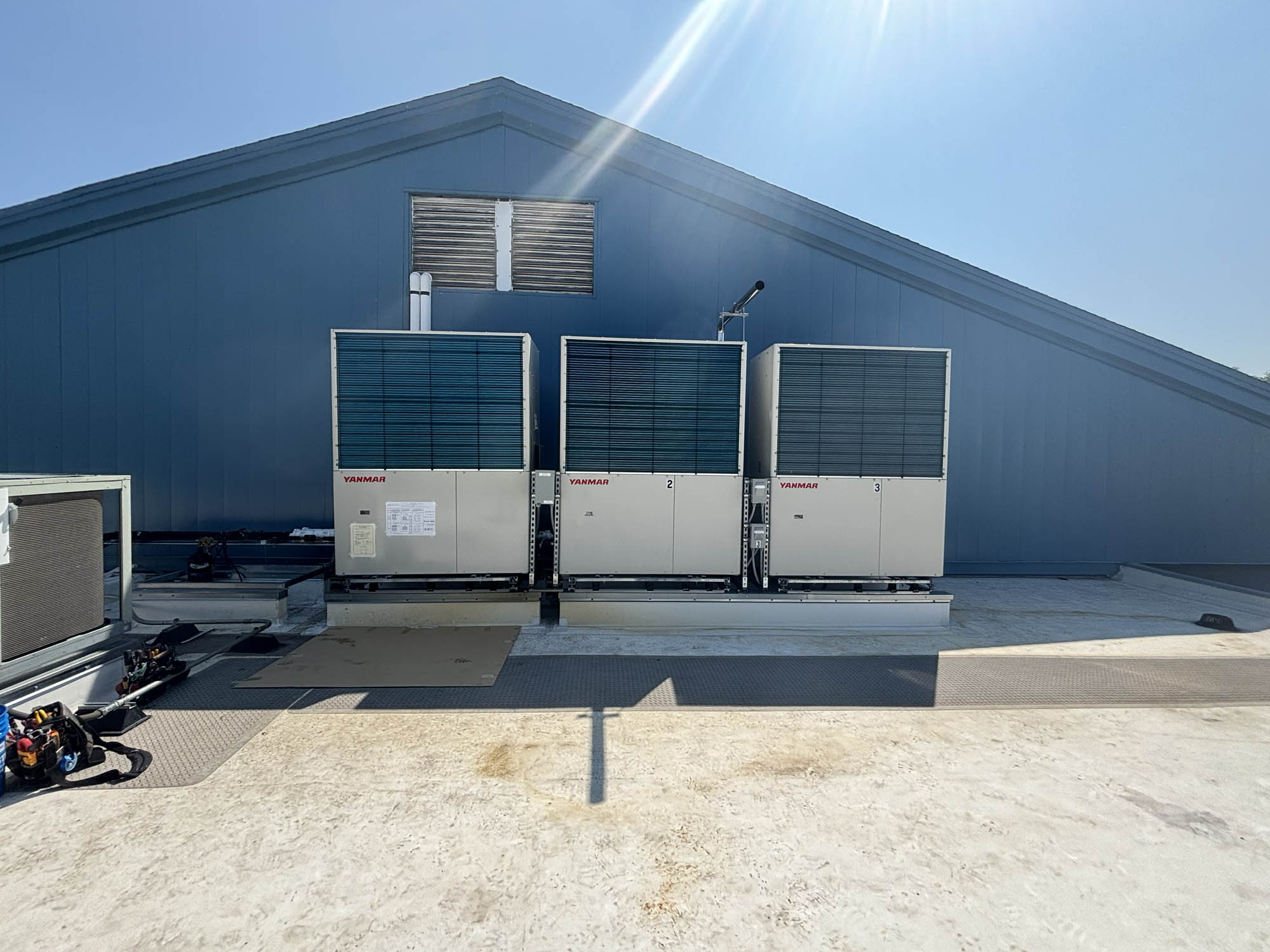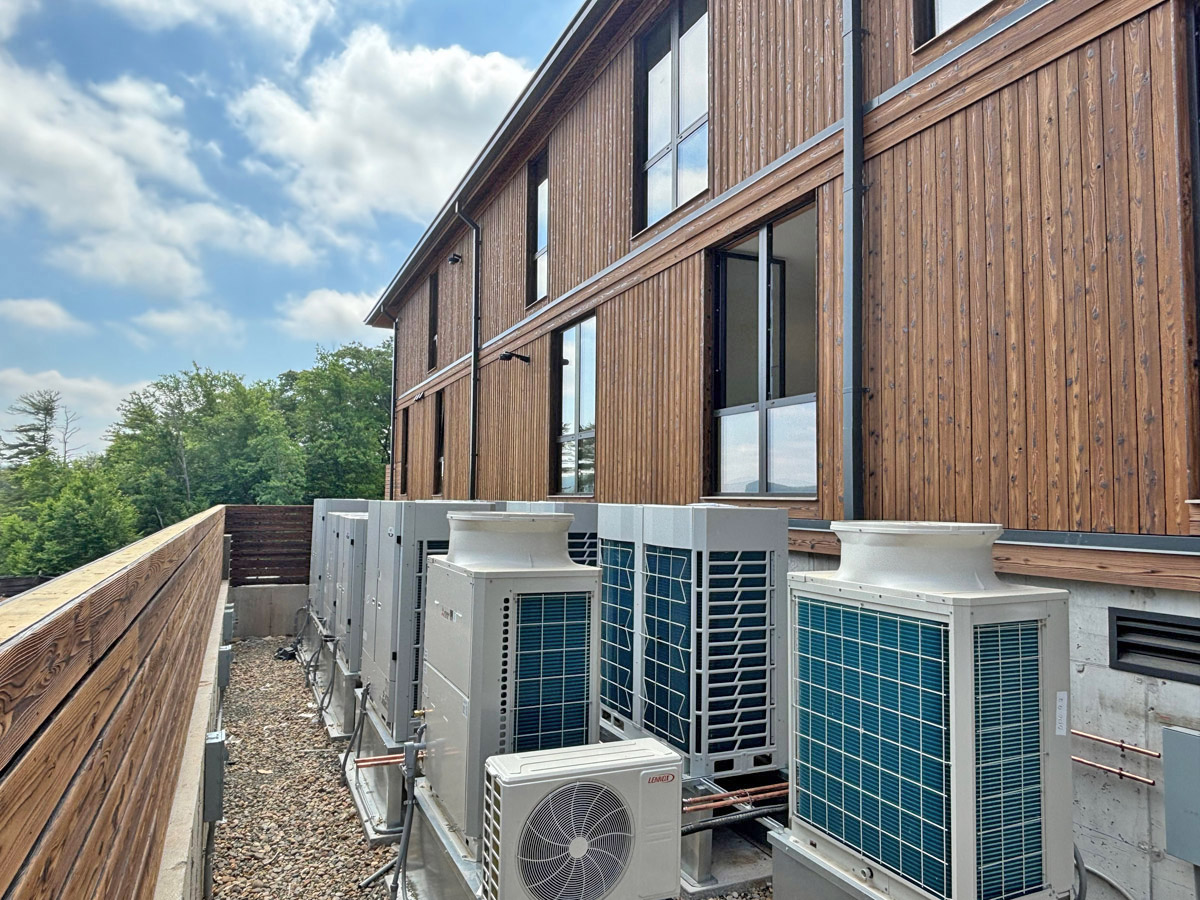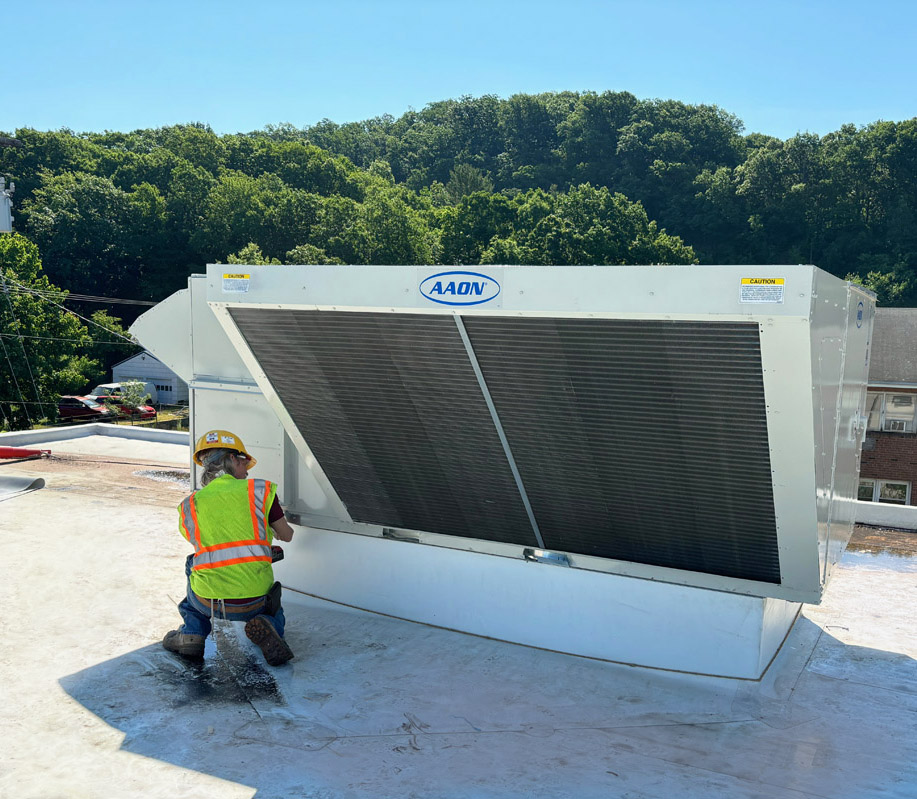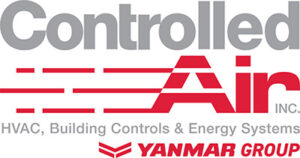The Maritime Aquarium at Norwalk
The Maritime Aquarium at Norwalk recently worked with Controlled Air, inc, to improve their energy efficiency and reliability, we installed a Tedom CHP unit.
Combined Heat and Power (CHP) systems offer significant benefits for aquariums, addressing their substantial and continuous energy demands for maintaining precise environmental conditions. Here are the key advantages:
- High Energy Efficiency: Aquariums require consistent heating, cooling, and electricity for life support systems (pumps, filters, lighting). Traditional methods often waste a significant amount of heat during electricity generation. CHP systems, by producing both electricity and useful thermal energy from a single fuel source, can achieve overall efficiencies of 65% to 80%.
- Reduced Operating Costs: Due to their high efficiency, CHP systems require less fuel to produce the same amount of energy (electricity and heat). This directly translates to lower energy bills and can lead to substantial cost savings, potentially offsetting energy expenses by 20% to 50%.
- Enhanced Reliability and Resiliency: Maintaining stable water temperatures and continuous power for pumps and filtration is critical for the health and survival of aquatic life. CHP systems provide on-site generation, which means aquariums can operate independently or in parallel with the grid. This enhances energy reliability and resiliency, ensuring critical functions continue even during grid outages or disruptions, protecting valuable marine specimens.
- Environmental Benefits: By maximizing the use of fuel and avoiding transmission and distribution losses associated with grid electricity, CHP systems reduce overall fuel consumption. This leads to a significant decrease in greenhouse gas (GHG) emissions, such as carbon dioxide (CO2), as well as other air pollutants like nitrogen oxides (NOx) and sulfur dioxide (SO2), contributing to decarbonization efforts.
